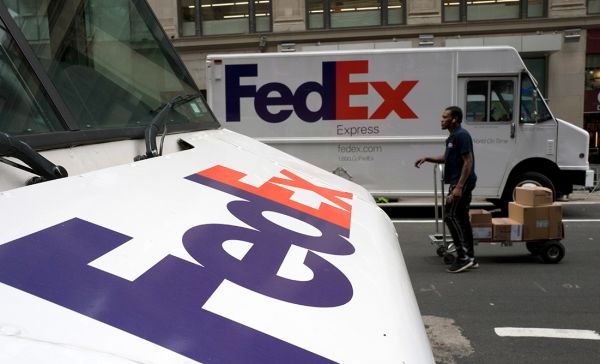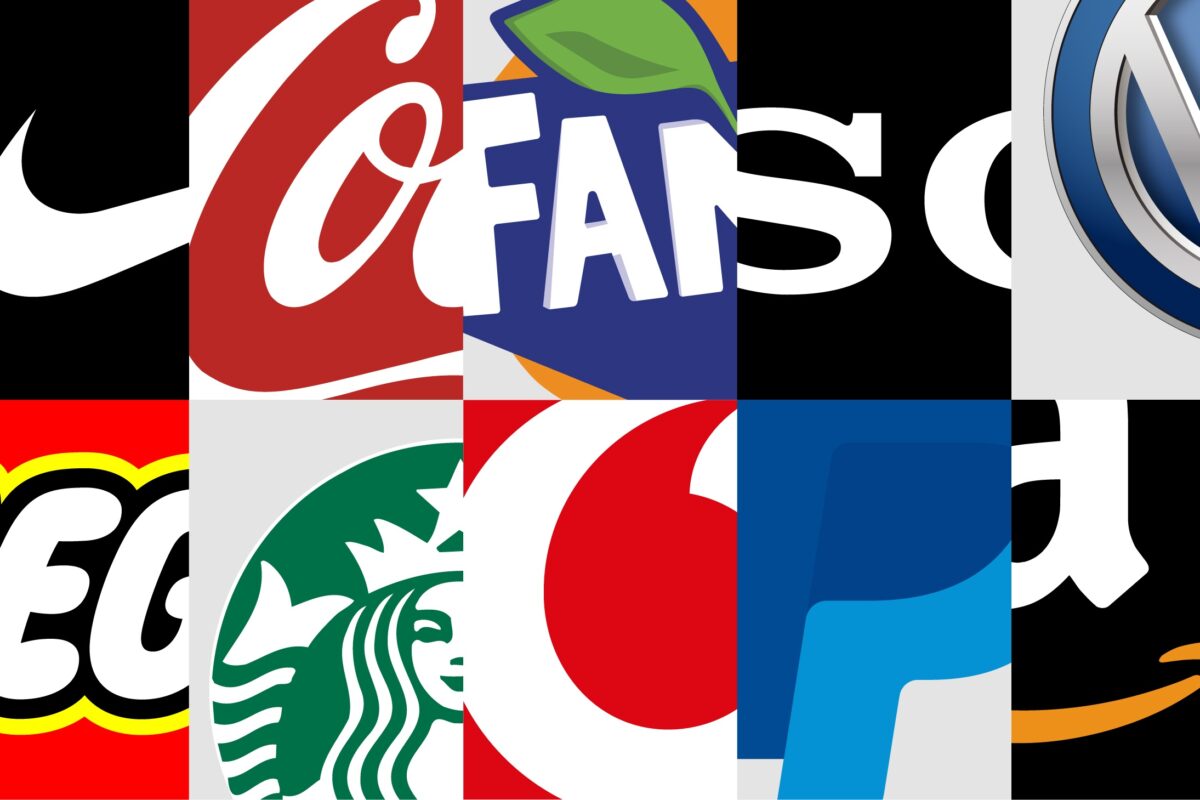
Do you Yahoo? Did you Xerox the report? Did you FedEx it? Did you see the messenger Rollerblading?
It’s the branding of language.
Once upon a time, using a brand name as a verb was anathema. It was behavior that would drive a trademark lawyer crazy.
But more and more marketers are deciding that the grand slam of branding is to become part of the language – in effect, having your trademark substitute in everyday usage for the type of action or service that your mark identifies. Could there be, they argue, any clearer expression of a leadership position?
We saw a restaurant review recently which mentioned a purveyor who “FedExes her Maine lobsters” to a top chef. The appearance of that ersatz verb does not necessarily mean the purveyor is actually using the services of the FedEx Corporation. (The lobsters could be coming via UPS or DHL.) The point is, they’re being shipped overnight – and to say “to FedEx” is to darn near say the same thing.
“Have you Windexed your windows?”
“Did you get your house Terminexed?”
“The drains were Roto-Rootered.”
When brand names enter mainstream language, they often “lend an air of reality to a story,” to quote the stylebook of the Associated Press. (“He fished a Camel from his shirt pocket may be preferable to the less specific cigarette,” says the style guide.)
Why?
Because fishing a Camel from a shirt pocket – instead of a Newport Light – or wearing Nikes into the lecture hall – instead of Keds — tells you something about the protagonist. Such is the scope and impact of brand associations.
The internet generation, increasingly casual about the protectability of names, is leading the way in the branding of language. “Do you Yahoo?” is not the rallying cry of users; it’s the clarion call of the company itself, in mass media messages costing hundreds of millions of dollars.
Similarly, you hear talk now about “googling” (using the popular search engine google.com) to get a line on something or somebody.
“MountainDew me,” kids will say at a party.
Once upon a time, this sort of trademark flippancy would turn trademark lawyers apoplectic. Use the brand name generically, they would warn, and you lose – over time – your trademark rights. ‘Tis true. Look up common words such as “aspirin” or “escalator” in the dictionary and you’ll realize they were once registered trademarks.
But that transition takes time. Decades. And in today’s hyperactive world, marketers are more concerned about getting known now, today, immediately — than losing their naming rights later on.
Which is why they often encourage the use of their precious brand names as everyday words.
So what can be done when a brand name becomes generic?
The Blake Project Can Help: The Strategic Brand Storytelling Workshop
Branding Strategy Insider is a service of The Blake Project: A strategic brand consultancy specializing in Brand Research, Brand Strategy, Brand Growth and Brand Education





5 comments
Mark
April 10, 2009 at 1:00 am
Just to add onto this: In the UK, almost everyone uses the term ‘Hoover’ instead of Vacuum cleaner.
This is almost to the extreme where most people would probably not even know that ‘Hoover’ is actually a brand name. Bad news for Hoover because their trademark has been completely diluted because of this.
arthur c. van wyk
April 10, 2009 at 5:21 pm
The biggest verb on the planet at this very moment is Google. Nobody really searches anymore. They Google.
Derrick Daye
April 10, 2009 at 5:32 pm
Nice addition Mark. Good point Arthur.
More protected trademarks used as generic terms: Coke,Scotch Tape,Velcro,Sharpie, Kleenex,Dumpster and Q-Tips. A recent addition thanks to a law enforcement innovation – Taser. What brands will be next?
Derrick
Justin
April 11, 2009 at 4:14 pm
I love how branding can be embedded mainstream. The biggest example I can think of is Band-Aid, its really an adhesive bandage but NOBODY calls it that 🙂
Nitin Balodi
July 25, 2014 at 12:09 am
One reason behind trademark genericide is the wrong branding done by the marketing teams of concerned companies. We can see how band-aid axed their own feet by using the wrong TV commercial ad and then later they changed that. Johnson & Johnson’s changed their TV commercial jingle from “I am stuck on Band-Aids, ’cause Band-Aid’s stuck on me!” to “I am stuck on Band-Aid brand, ’cause Band-Aid’s stuck on me!” so that they save the trademark.
Comments are closed.